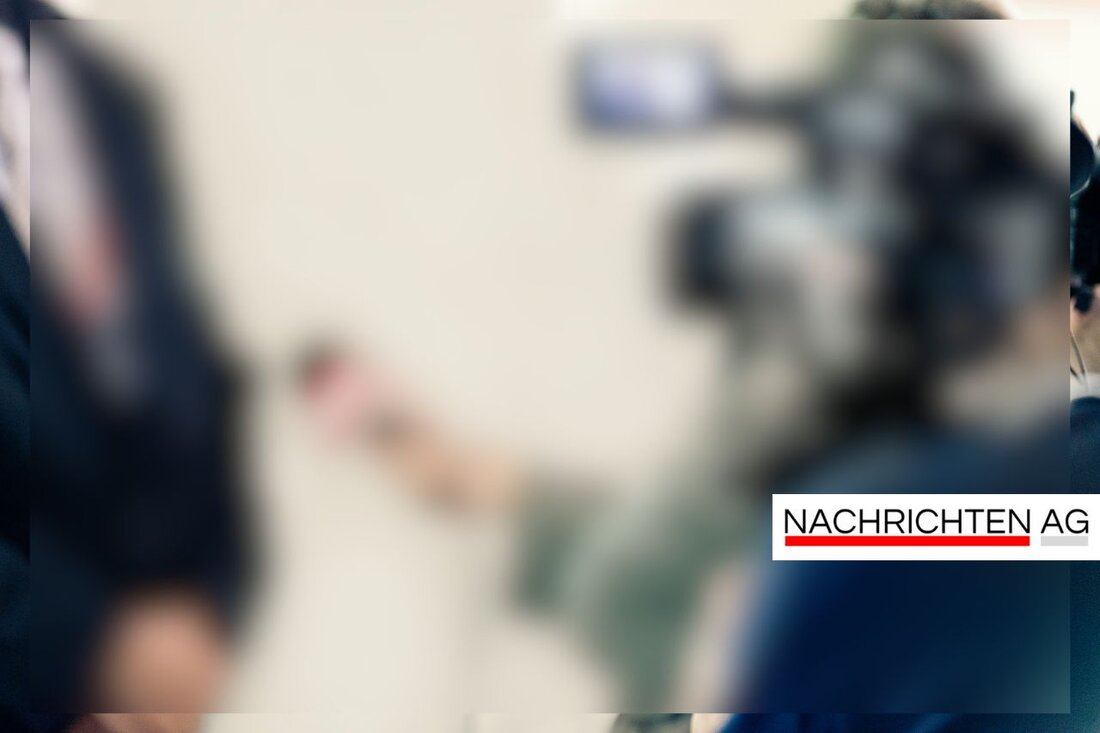Sprayer in Eschborn: Political messages or just discouragement?
Unknown sprayers paint traffic signs with political messages in Eschborn and spark discussions about street art.

Sprayer in Eschborn: Political messages or just discouragement?
In Eschborn, unknown sprayers are causing excitement and discussion. They paint traffic signs, walls and underpasses with political messages, often in the form of images such as the Star of David or swastika. However, the motives are often imprecise and raise questions about the intention of the sprayers. The Taunus Nachrichten article reports that these actions are seen more as a dialogue with political opponents than as real subversive street art.
It almost seems like a parallel: the results are similar to the tattooed upper arms of football players and have strong symbolism. Interestingly, the spraying is usually done at night, which is considered by many to be not very brave. The likelihood of getting caught is notoriously low, which makes the sprayers appear in a different light.
Criticism of the political effect
The moral question remains: Is it really brave to spray paint anonymously on walls while pensioners dare to express their opinions in letters to the editor? These are seen as the braver voices in society. It is also critically noted that the actions of the graffiti artists ultimately only cause costs for the removal of the graffiti by construction yard employees, without promoting a sustainable political dialogue. The political impact of these sprayers is therefore strongly questioned, leading to speculation about the role of street art in our society.
Whether street art itself is a form of protest is viewed very differently. The Art Plaza platform emphasizes that such art is not only a means of expressing one's opinion, but also a way of inscribing oneself in the urban landscape. The origins of street art go back to the 1970s in New York and found its way to Europe in the 1980s. Especially with the fall of the Berlin Wall, artists were given a lot of freedom to express their messages.
Street art in an international context
In cities like Berlin, street art has long been part of the urban landscape. Popular districts such as Friedrichshain, Prenzlauer Berg and Schöneberg are known for their creative walls. Renowned artists such as Banksy and Blu have left their works here, which are appreciated by locals and tourists alike. Anyone traveling to Berlin will not only find creative eye-catchers, but also the opportunity to visit the largest museum for street art, Urban Nation, which opened in Schöneberg in 2017 and offers free entry.
In addition to the classic tours through the graffiti strongholds in Berlin, there are also guided tours that show the best works of art. You can experience first hand how diverse and dynamic the scene is. It remains to be hoped that the political messages of the sprayers in Eschborn and elsewhere also provide a space for discussions in which the debate can take place on a fair, open level.

 Suche
Suche
 Mein Konto
Mein Konto